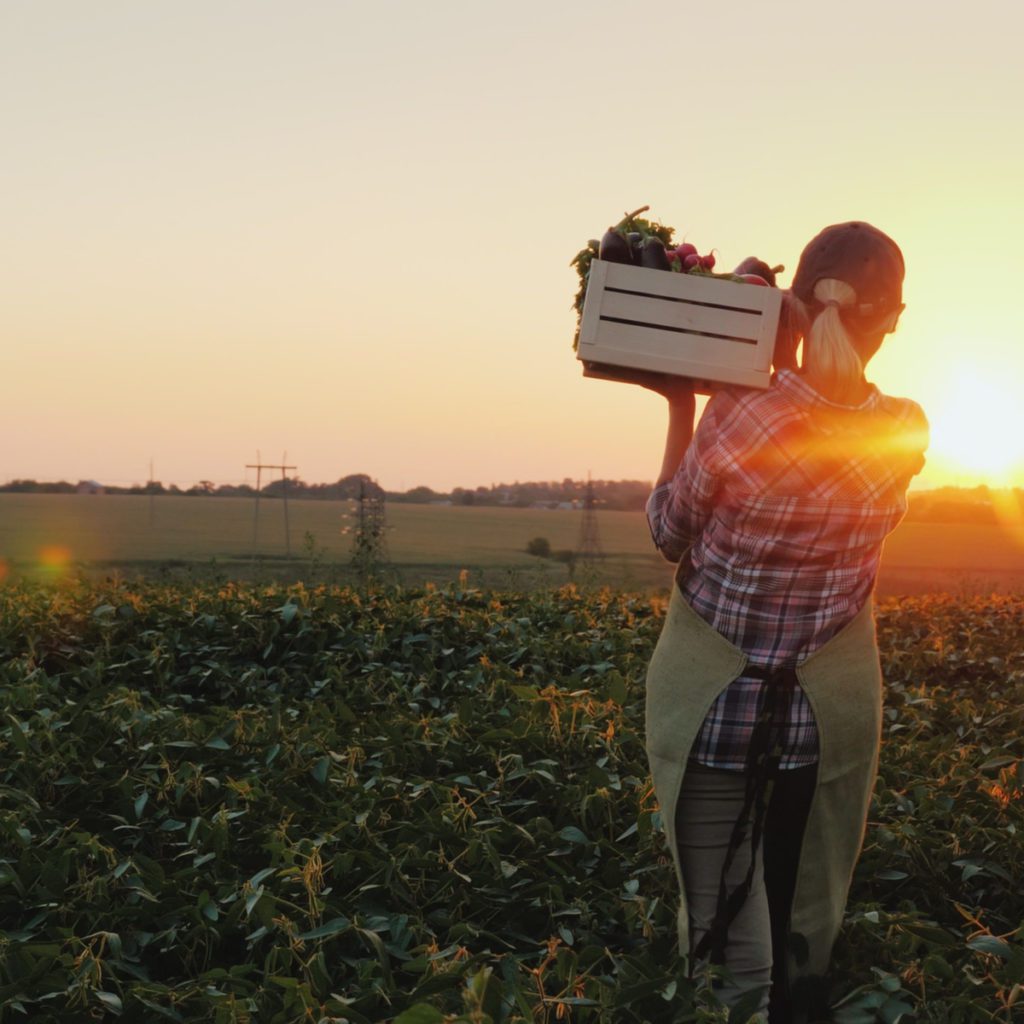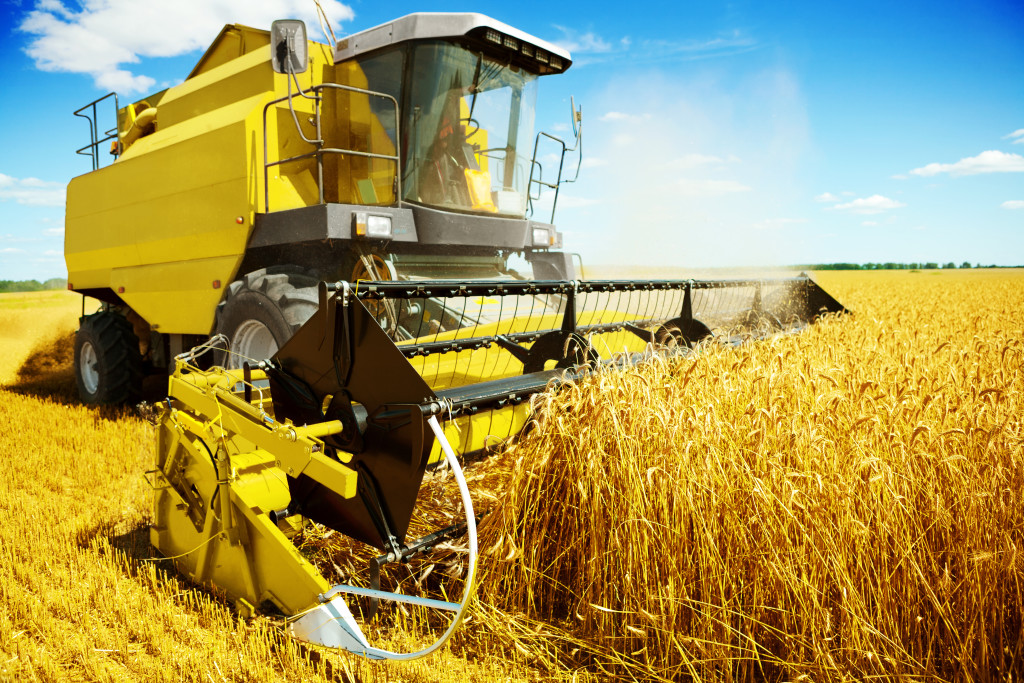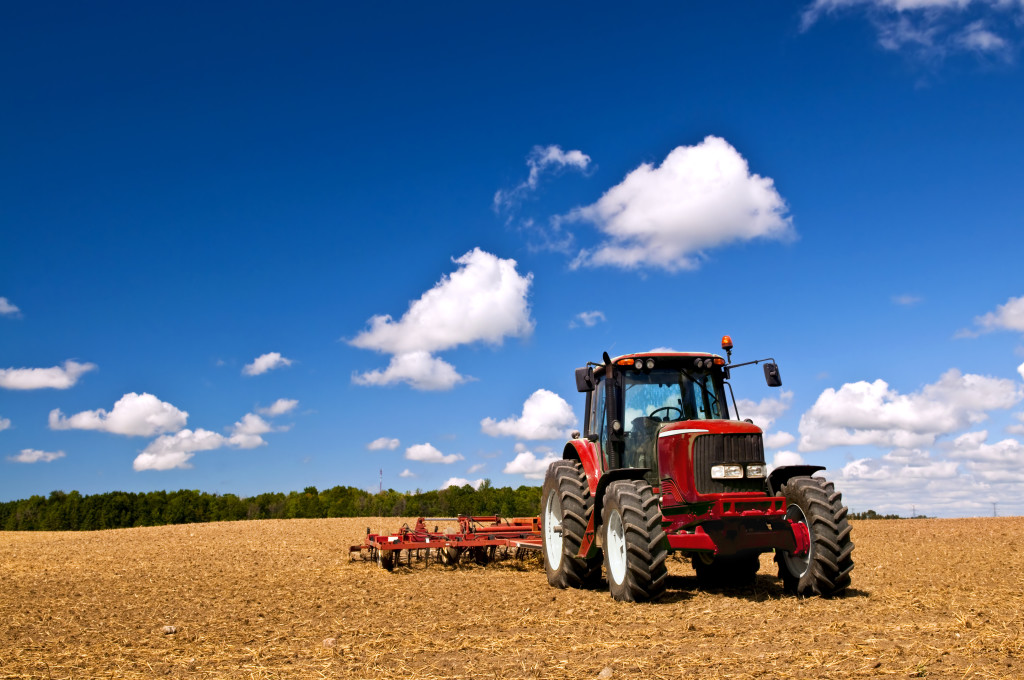USDA Revenue Loss Assistance Programs For Agricultural Producers
Feb 07, 2023
At the end of last year, the U.S. Department of Agriculture (USDA) announced its plan to launch the Emergency Relief Program (ERP) Phase Two, as well as the new Pandemic Assistance Revenue Program (PARP). These two disaster programs were developed to help offset crop and revenue losses for agricultural producers. Just last month, the USDA announced its Farm Service Agency (FSA) is now accepting applications for both of these programs through June 2, 2023. Below are some of the key details to know before applying. For a full listing of all the guidance and qualifications, visit the USDA’s website.
Emergency Relief Program (ERP) Phase Two
- ERP Phase Two is for producers who didn’t receive assistance from ERP Phase One.
- Eligibility for assistance through this program is based on revenue losses experienced from eligible natural disasters in 2020 and 2021.
- Producers should begin reviewing the following documents in preparation for applying for ERP Phase Two:
- Schedule F (Form 1040)
- Profit or Loss from Farming (or similar tax documents for tax years 2018-2022, representing their applicable Benchmark Year and Tax Year for Disaster Year Revenue)
Pandemic Assistance Revenue Program (PARP)

- PARP provides financial assistance for producers who suffered at least a 15% decrease in allowable gross revenue for the 2020 calendar year, as compared to 2018 or 2019.
- Producers may be eligible for assistance through PARP for a range of agricultural commodities and allowable gross revenue sources.
- Other notable eligibility requirements include:
- Must be a citizen of the United States, a resident alien, a partnership or organization structure organized under state law, an Indian Tribe or Tribal organization, or an eligible foreign person or foreign entity
- Have an average adjusted gross income (AGI) of less than $900,000 for tax years 2016, 2017, and 2018
- Comply with provisions of the “Highly Erodible Land and Wetland Conservation” regulations, often called the conservation compliance provisions.
- Submit a complete PARP application form (FSA-1122) and provide all required documentation.
Next Steps:
Applications for each program are due June 2, 2023. Producers can apply for both programs during the same appointment with USDA’s Farm Service Agency (FSA).
For more information, producers should contact their local USDA service center or reference the ERP Phase Two-PARP Comparison Fact Sheet.
Connect With Us.
Jeffery Long, CPA
Partner
Categories: Agribusiness
New USDA Loan Program Focused on Food Supply Chain Revitalization
Feb 08, 2022
The U.S. Department of Agriculture (USDA) Secretary, Tom Vilsack recently announced that the USDA is deploying $100 million under the new Food Supply Chain Guaranteed Loan Program to make nearly $1 billion available in loan guarantees. The objectives are to support new investments in infrastructure for food aggregation, processing, manufacturing, storage, transportation, wholesaling, and distribution, and to also increase capacity and create a more resilient, diverse, and secure U.S. food supply chain.
What is the Food Supply Chain Guaranteed Loan Program?
The Food Supply Chain Guaranteed Loan Program is a part of the USDA’s Build Back Better initiative to strengthen critical supply chains and our food system. This program guarantees loans of up to $40 million for qualified lenders to finance food system projects, specifically for the start-up or expansion of activities in the middle of the food supply chain.
Who qualifies?
Eligible borrowers must be directly engaged in the middle of the food supply chain, specifically the aggregation, processing, manufacturing, storing, transporting, wholesaling, or distribution of food. Examples of the types of entities that may qualify for the program include meat processors and food hubs. Lenders may provide the loans to eligible cooperatives, corporations, for-profits, nonprofits, Tribal communities, public bodies, and people in rural and urban areas.
How can funds be used?
Funds are available on a first-come, first-serve basis and may be used to:
- start-up or expand food supply chain activities such as aggregating, processing, manufacturing, storing, transporting, wholesaling, or distributing food.
- address supply chain bottlenecks.
- increase capacity and help create a more resilient, diverse, and secure U.S. food supply chain.
How do I apply?
The USDA is accepting electronic applications from lenders through the Food Supply Chain Online Application System until funds are expended. Paper applications will not be accepted.
To access the online application system, lenders must submit a request to rdfoodsupplychainloans@usda.gov.
USDA Rural Development encourages applications for projects that advance the recovery from the COVID-19 pandemic, promote equitable access to USDA programs and services, and reduce the impacts of climate change on rural communities. For more information, visit www.rd.usda.gov/priority-points.
Categories: Agribusiness
Must Have Apps for this Farming Season
Mar 22, 2016
 Technology has grown by leaps and bounds within the last several years. It is important, no matter what your profession, to make use of improved technology to better your business. Smart phone applications can be extremely beneficial for agricultural-based careers such as farming. Since farmers are constantly on the move during their busy seasons of planting and harvesting, smart phone apps provide mobility and allow farmers to remain up-to-date on items that may influence their crops.Here are just a few apps which may be of interest to agribusiness .
Technology has grown by leaps and bounds within the last several years. It is important, no matter what your profession, to make use of improved technology to better your business. Smart phone applications can be extremely beneficial for agricultural-based careers such as farming. Since farmers are constantly on the move during their busy seasons of planting and harvesting, smart phone apps provide mobility and allow farmers to remain up-to-date on items that may influence their crops.Here are just a few apps which may be of interest to agribusiness .
AgWeb – This free app is run by the Farm Journal and helps Farmers stay up-to-date on a variety of items such as market quotes, weather patterns, and recent agricultural articles. Users also have the option to listen to several top industry radio shows including AgriTalk.
FarmLogs – Another free app available for apple and android devices which allows users to maintain various logs from events which occur in the field, task lists, rainfall tracking, to managing inventory. Multiple users can log information, allowing everyone to see updates in real-time.
TractorHouse – This free app is similar to Autotrader for farm equipment. Farmers can sell farm equipment, parts, and equipment attachments. Some nice features are the ability to narrow a search by location and adding items to your “watchlist” for easy maneuvering.
Weed ID – There are several free apps for weed identification including those powered by BASF, Monsanto, or the University of Missouri. No matter which one you choose, these are excellent apps to aide in the quick identification of weeds and how to best treat an infected field.
CheckIt – This app allows farmers to narrow down what deficiencies are apparent in a given crop and provides recommendations for improvement. One great feature to this app is its ability to function without a strong tower signal. Hence, farmers will never be “stuck in the mud” with this app not working.
Do you use any of these applications? Are there others you believe to be extremely beneficial?
By: Ellie Herr, Staff Accountant
Categories: Agribusiness
Farming and Fuel Credits
Sep 23, 2015
 It’s that time of the year again when farmers put in long hours harvesting their products from the field. Filling the fuel tanks of all the machinery can become pricey, but fuel tax credits can help reduce the financial burden.
It’s that time of the year again when farmers put in long hours harvesting their products from the field. Filling the fuel tanks of all the machinery can become pricey, but fuel tax credits can help reduce the financial burden.
Even though many farmers purchase dyed diesel without having to pay federal taxes, they may still be eligible for the fuel tax credit for other fuels utilized for business. The fuel tax credit is done on Form 4136 and is a refundable credit to the taxpayer. This means even if the credit is more than the amount of tax you owe, you will receive a refund for the balance. Here are a few common examples of how the credit could be used for you:
- Off road use of gasoline-powered pickups or trucks
- Off road use of gasoline-powered tractors/combines
- Off road use of gasoline powered automobiles
- Compressors operated on the farm powered by gasoline
- Backup generators powered by gasoline (or diesel if undyed)
- Lawn mowing/landscaping equipment used in farm areas
- Maintenance shed equipment (any gas operated items used to repair machinery)
- Gas used in ATV’s
- Use of propane powered equipment
Note: If you have propane powered equipment, such as a forklift, you must register the equipment with the IRS in order to claim the fuel used for this purpose.
There may be other ways of receiving this credit which are not listed above. If you think you may be eligible, talk to your tax advisor. Proper supporting documentation will be required. If you are eligible, you are required to pick-up the credit as income for the farm in the following year. Even with this being the case, the fuel tax credit could save you thousands of dollars in taxes per year.
By: Ellie Herr, Staff Accountant
Categories: Agribusiness
Agribusiness Tax Savings – Hire Your Spouse!
Jul 02, 2015
In small family farm operations it is common for spouses to provide a variety services such as bookkeeping, payroll, providing meals for workers, feeding livestock, moving workers from field to field, and even taking grain to the elevator. If your spouse does any of these and more for the family farm, it may be tax advantageous for your to pay them a fair wage. These wages can either be paid as cash wages or commodities.
 Cash wages are subject to Social Security and Medicare taxes in addition to any federal and state withholdings. Commodities are not subject to Social Security or Medicare taxes and are also not subject to the federal income tax withholding rules.
Cash wages are subject to Social Security and Medicare taxes in addition to any federal and state withholdings. Commodities are not subject to Social Security or Medicare taxes and are also not subject to the federal income tax withholding rules.
If you feel commodity wages are the route you wish to take, you must make sure the following:
- payment is for agricultural labor
- the employee exercises control of the commodity,
- the payment is not equivalent to cash
- the employer puts the fair market value of the commodity (at the time of transfer) in box 1 of the W-2. If there is any gain or loss when it comes time for the employee to sell the commodity, they will record the gain or loss as a short-term gain or loss on Schedule D of their tax return.
If you feel that cash wages are the way to go, know they can be used to calculate the Domestic Production Activities Deduction.
Farmers who are subject to self-employment tax have the ability to deduct their health insurance before Adjusted Gross Income is calculated. While this is a great deduction, it does not help the farmer save on any of their self-employment tax liability. If the farmer employs his or her spouse, they have the ability to pay family coverage in the spouses name and deduct it through the business. Be careful as this will be disallowed if the spouse works for another employer that provides subsidized health insurance.
Talk to your farm tax advisor to see which option is most tax advantageous for you.
By Ella Herr, Staff Accountant
Categories: Agribusiness
